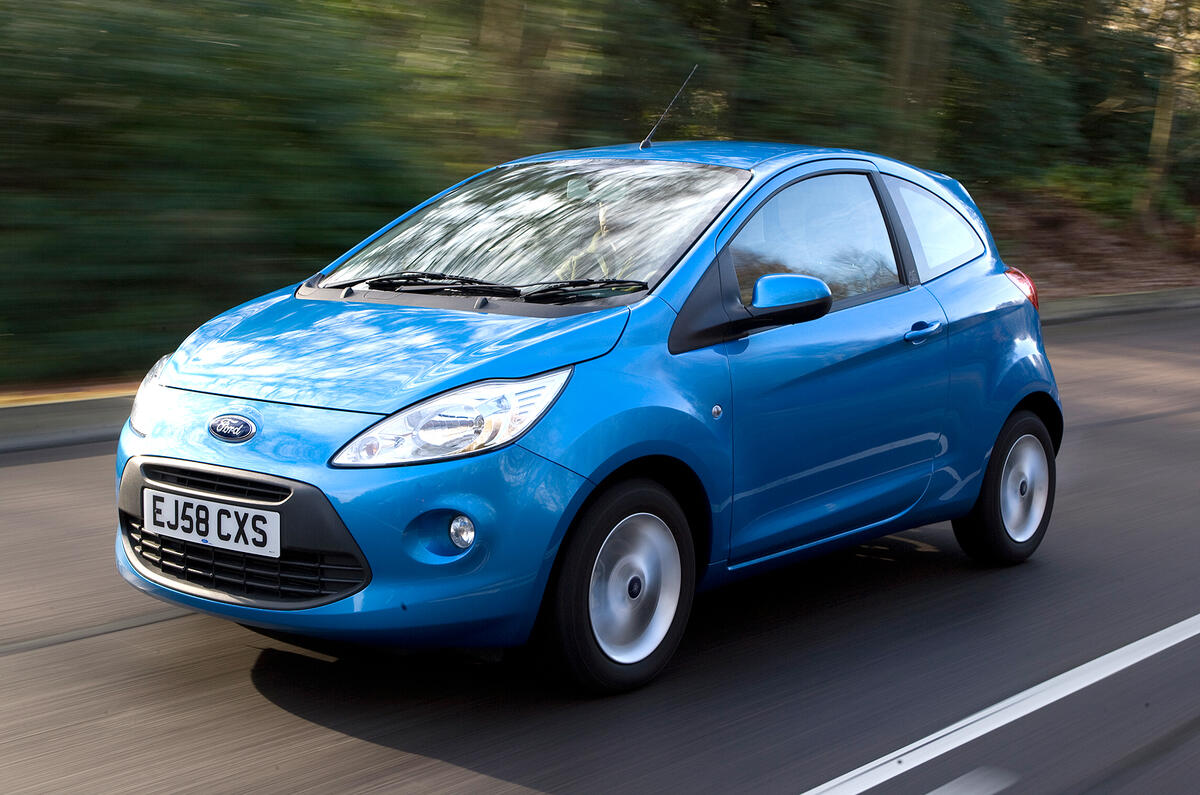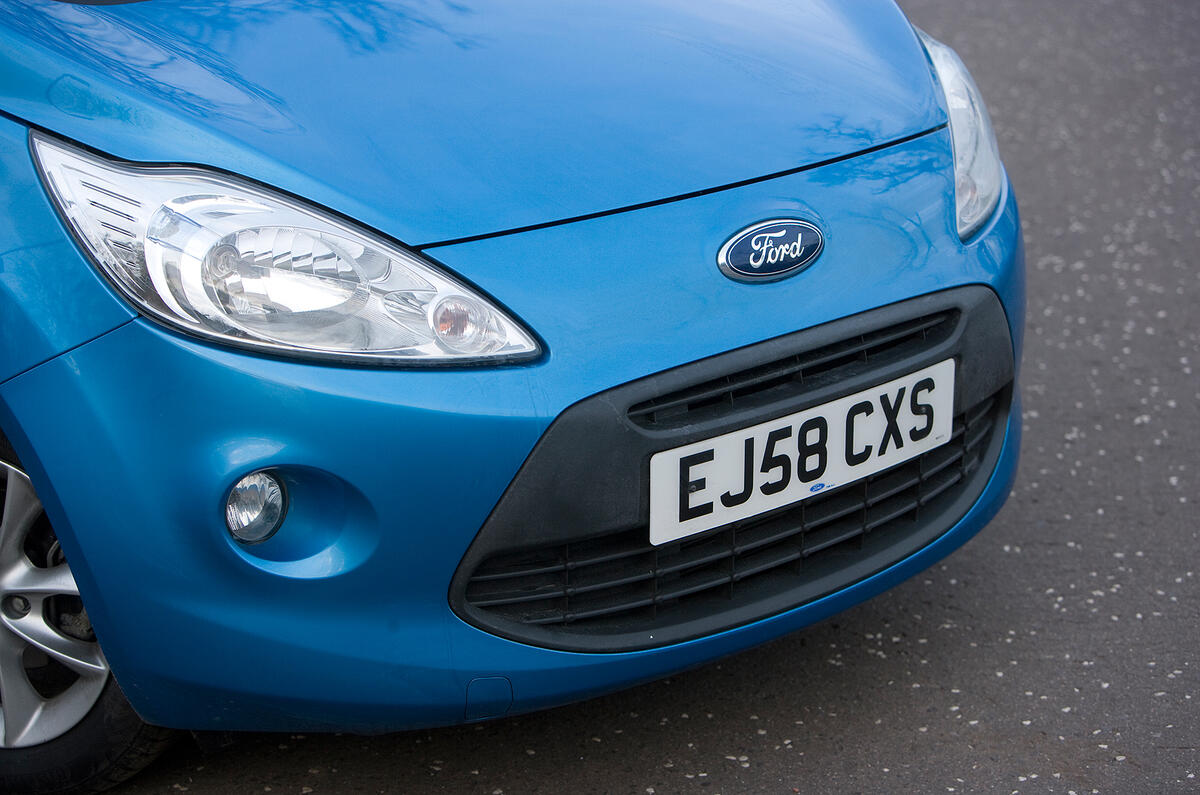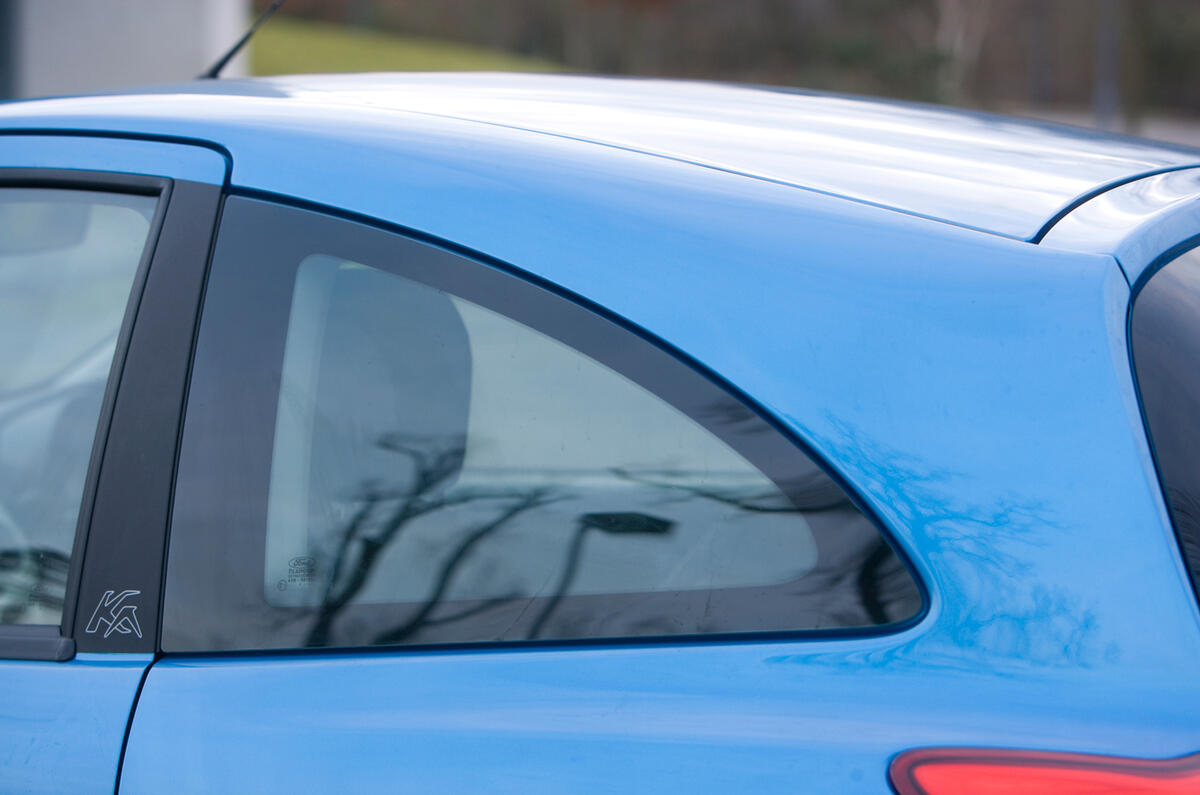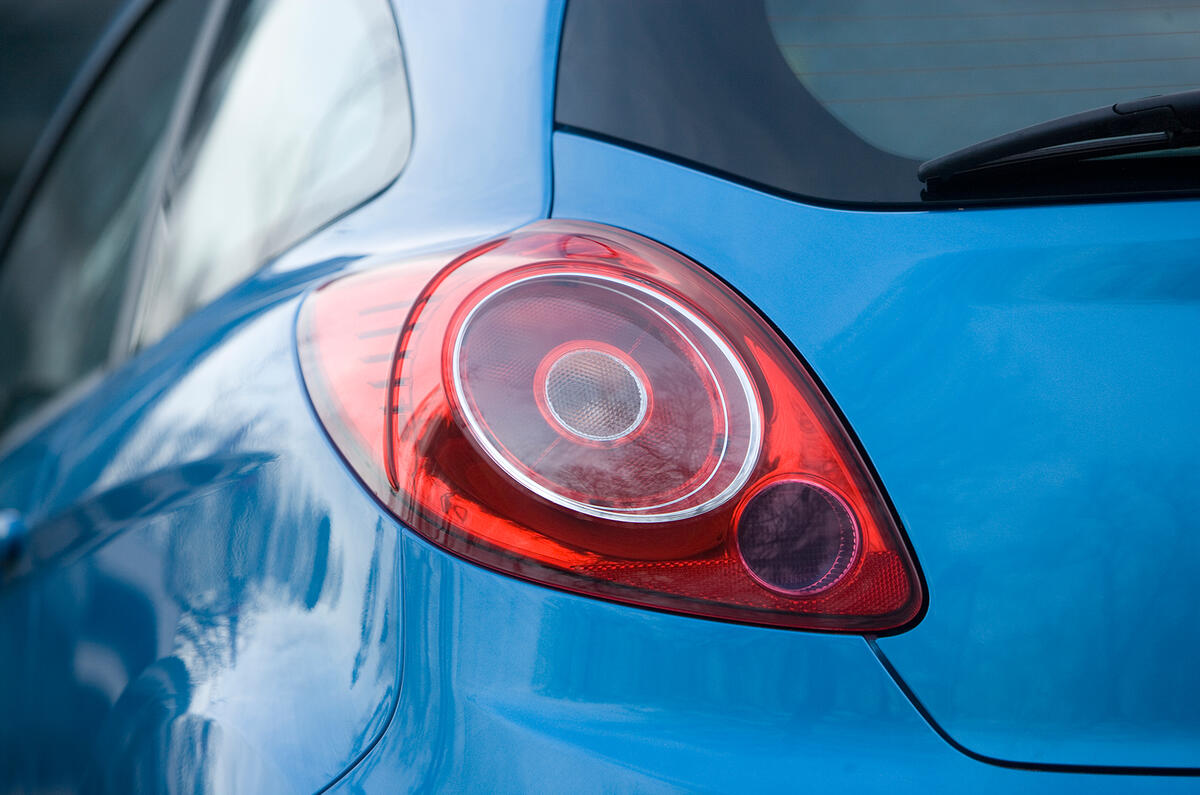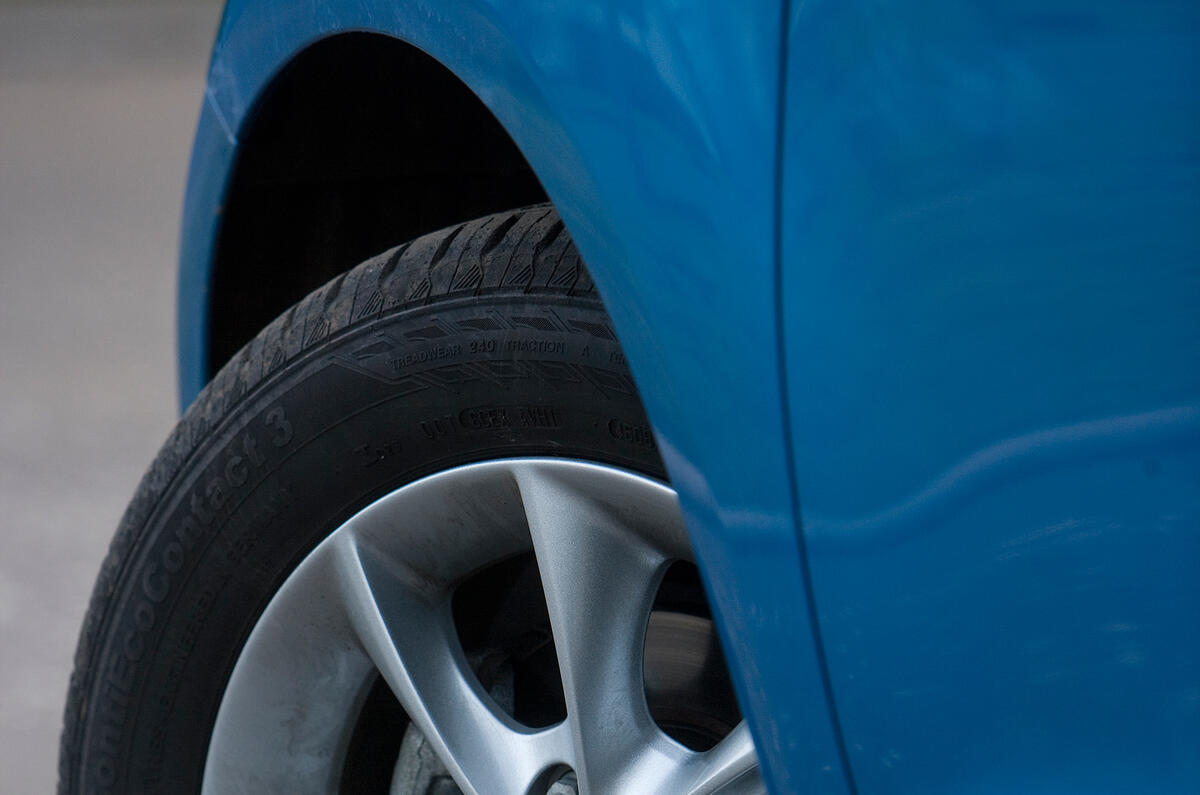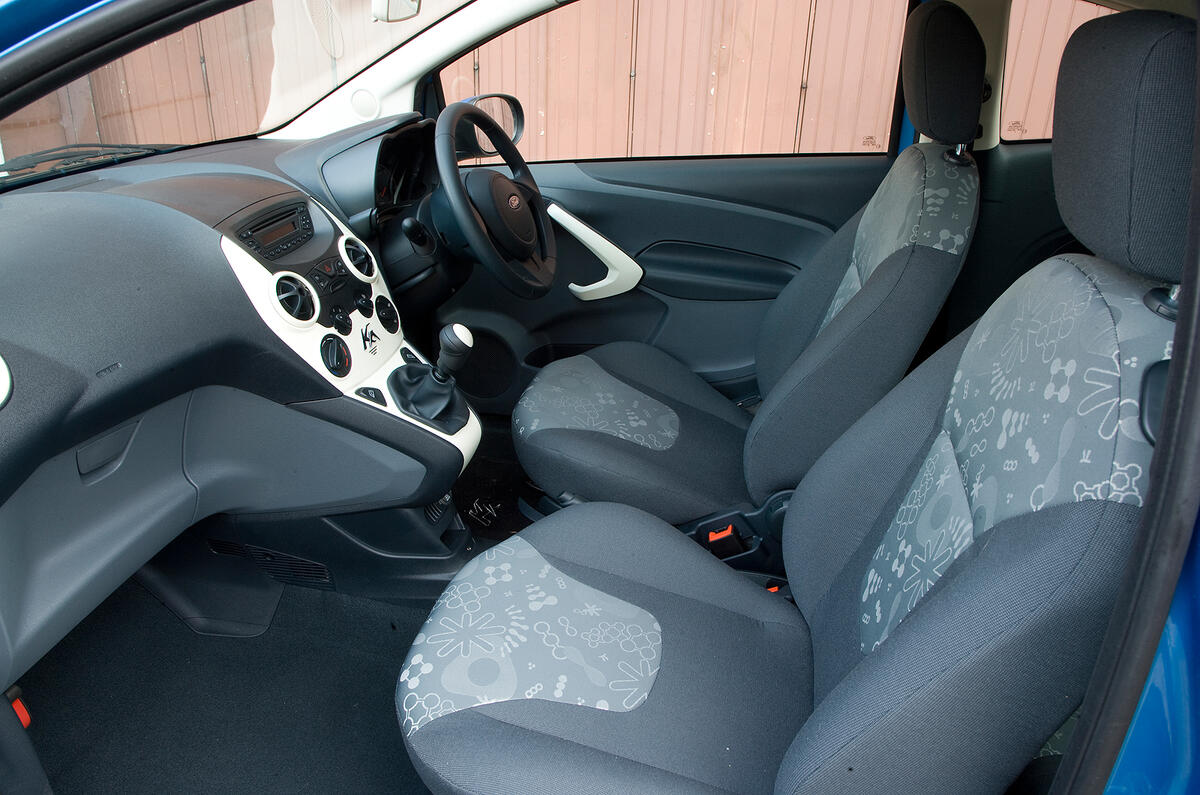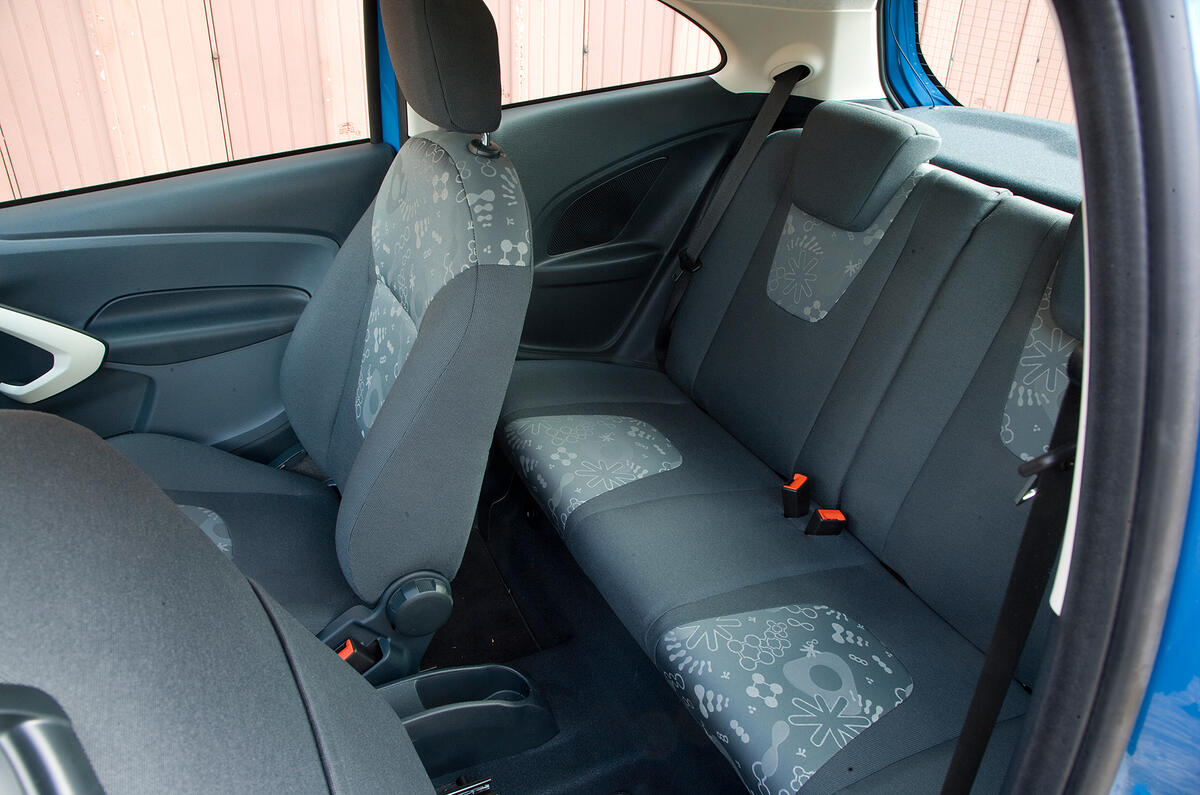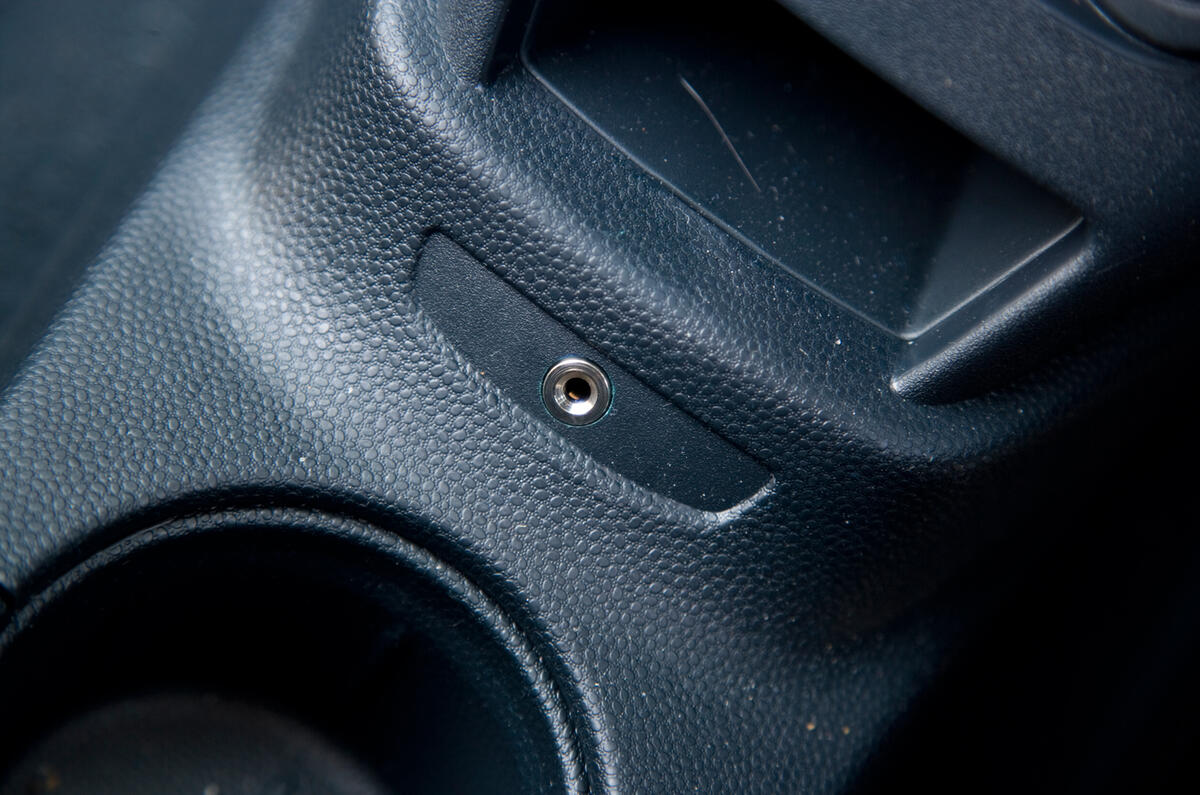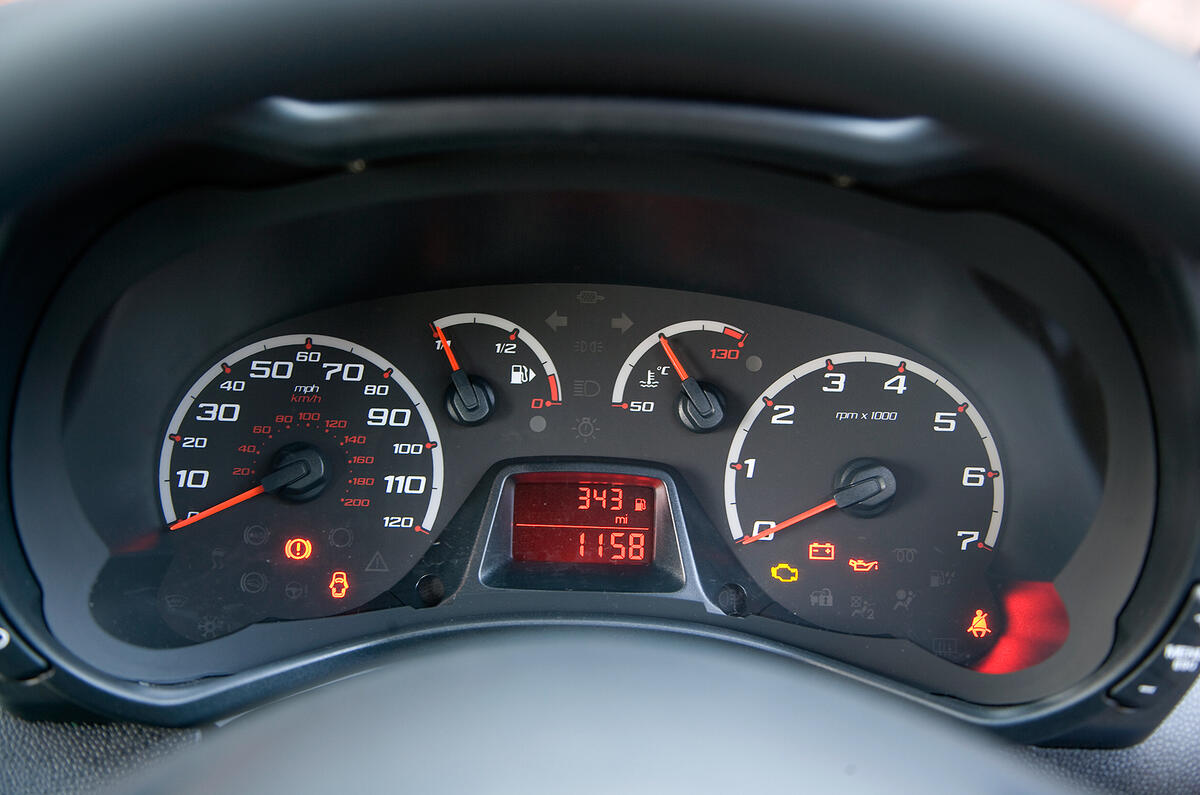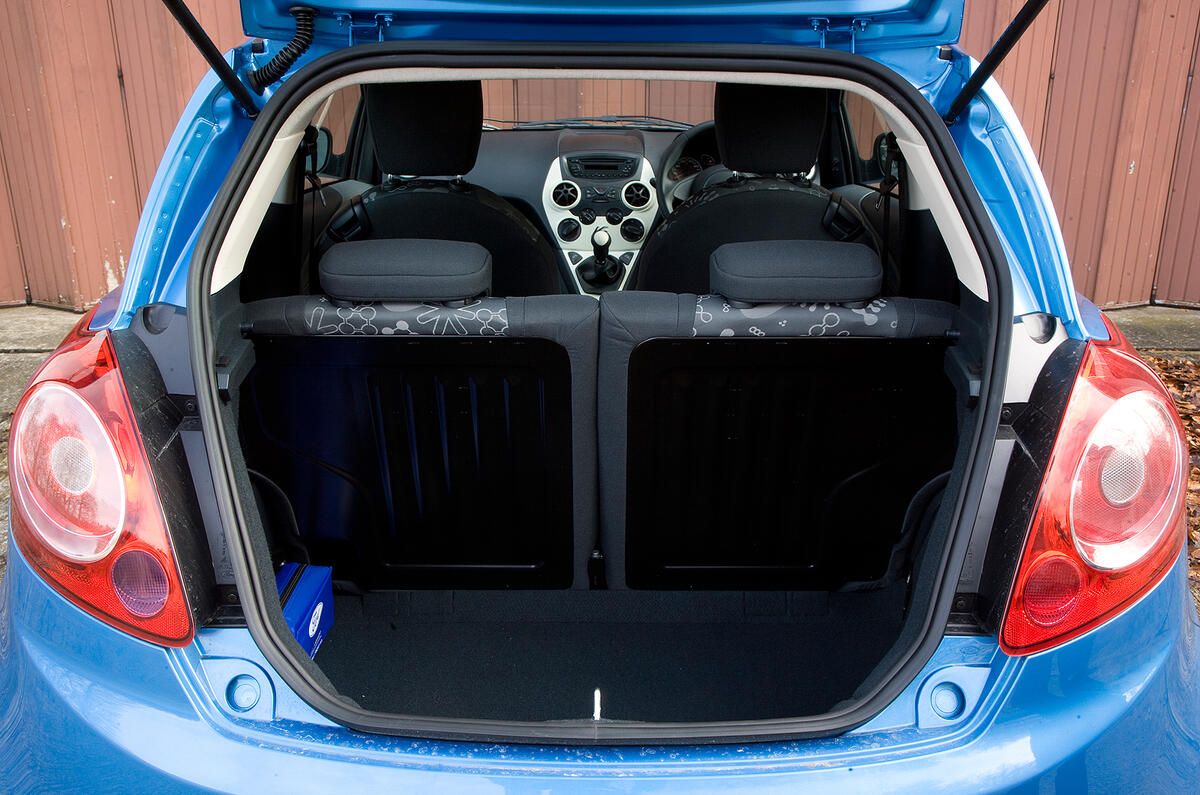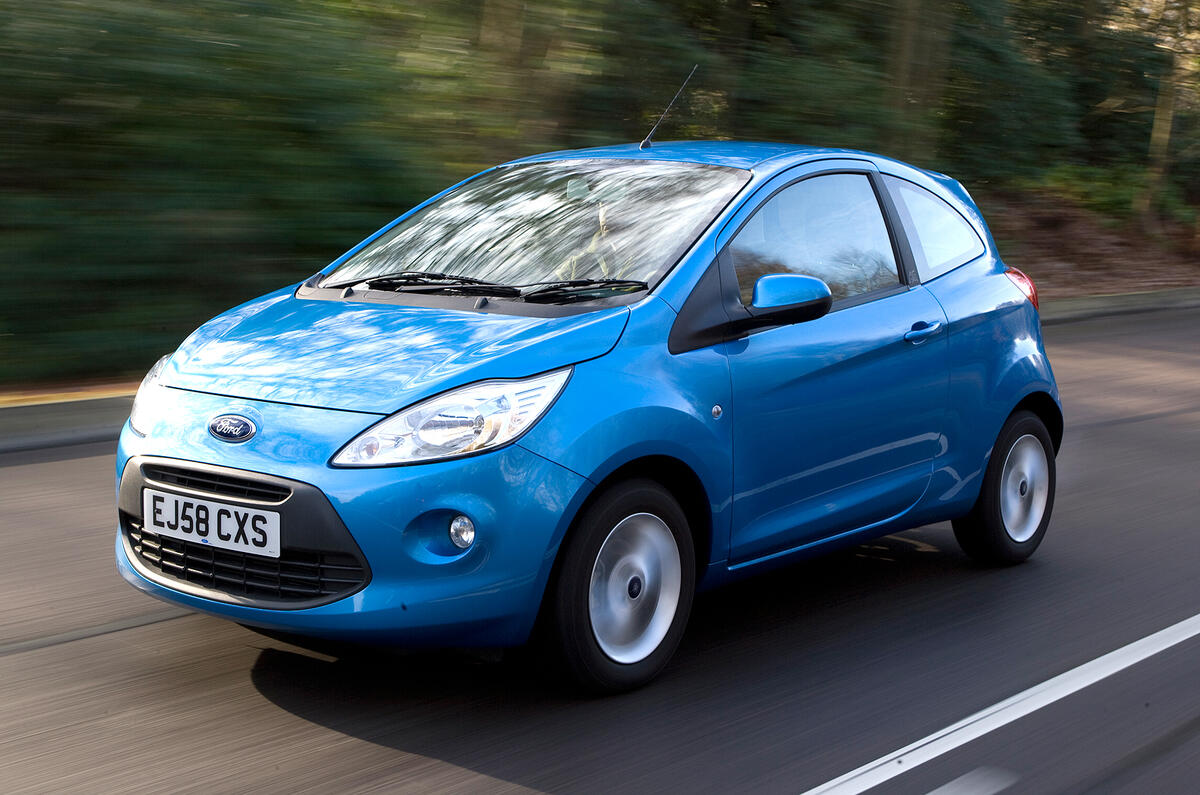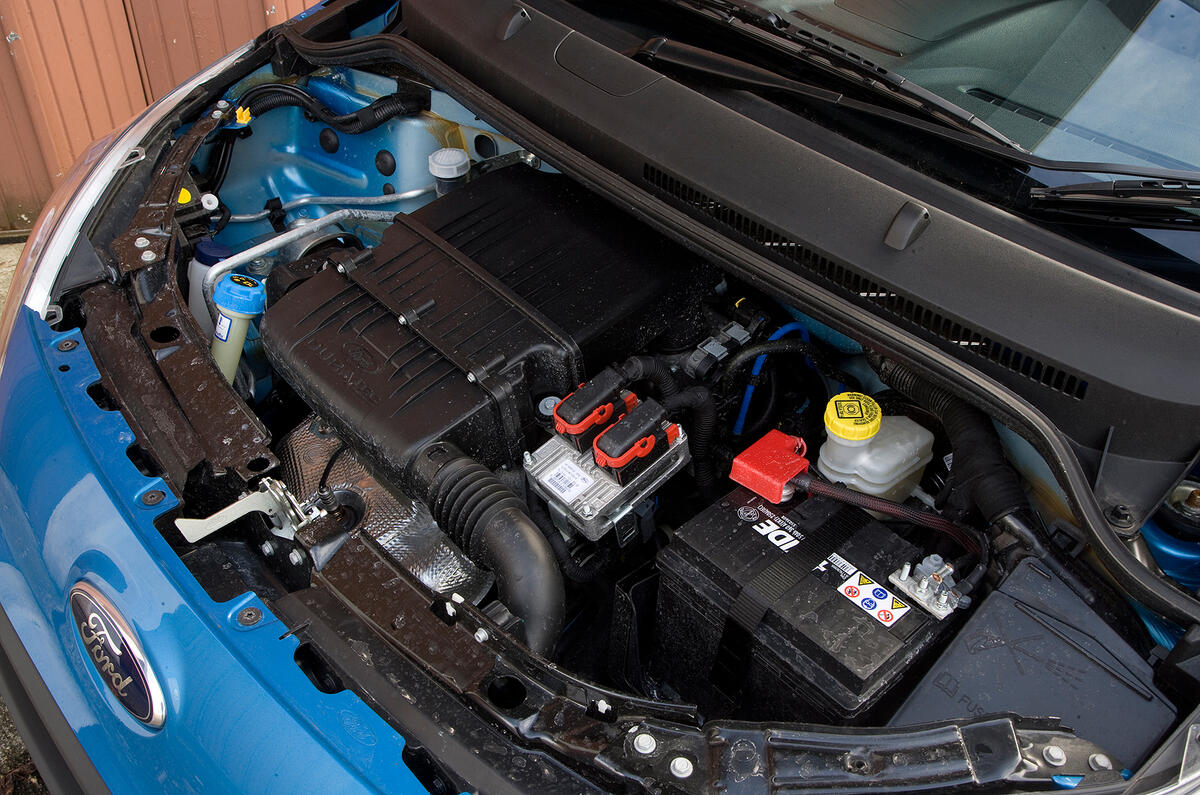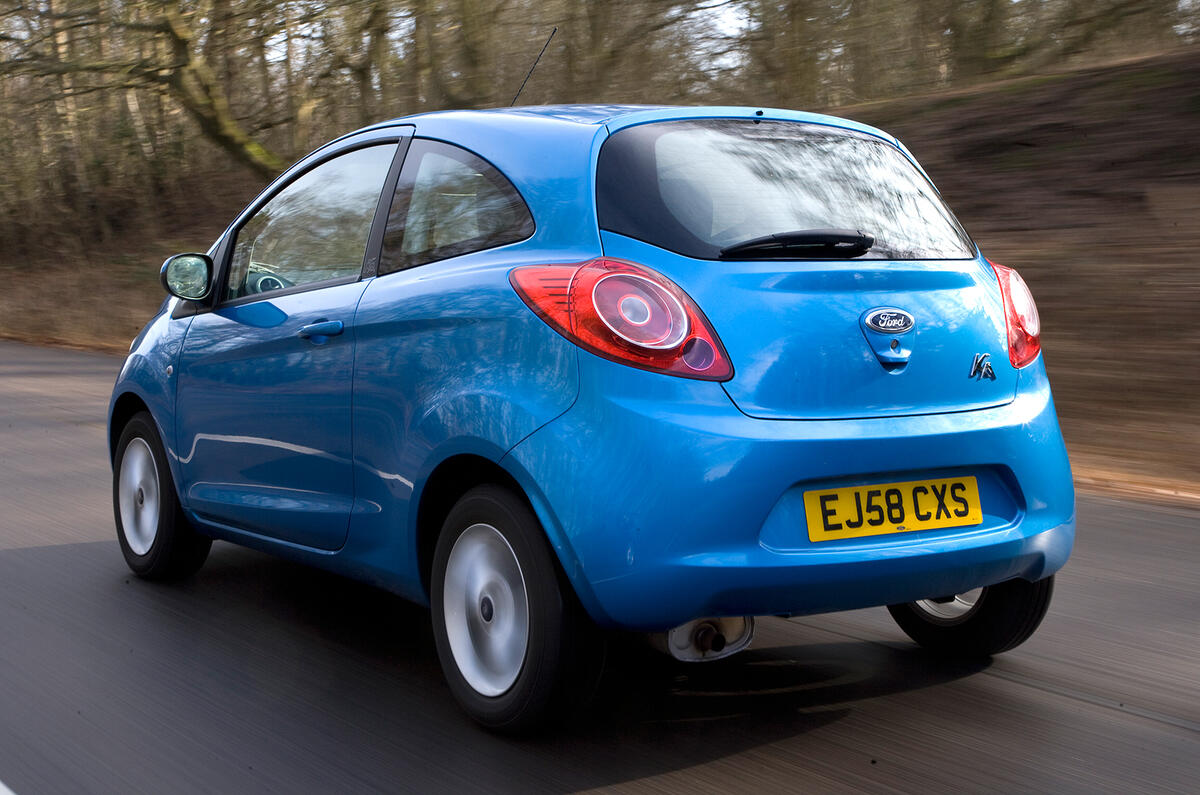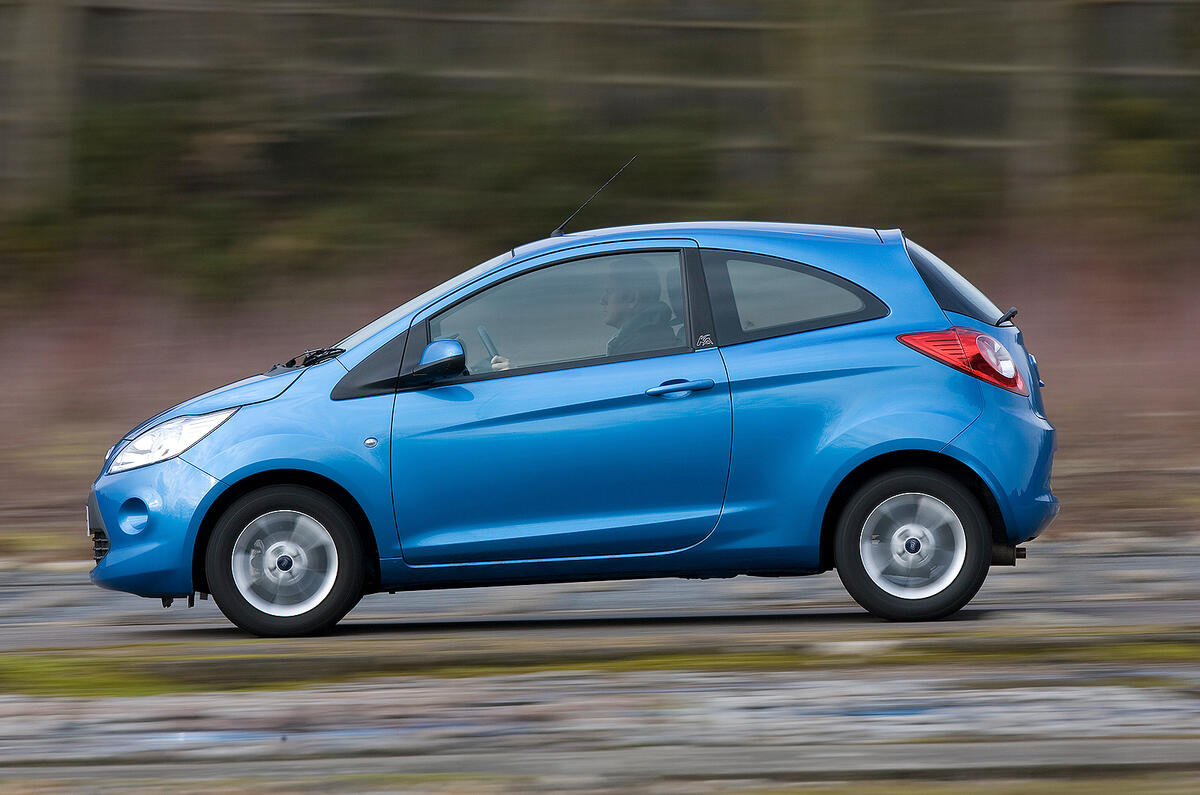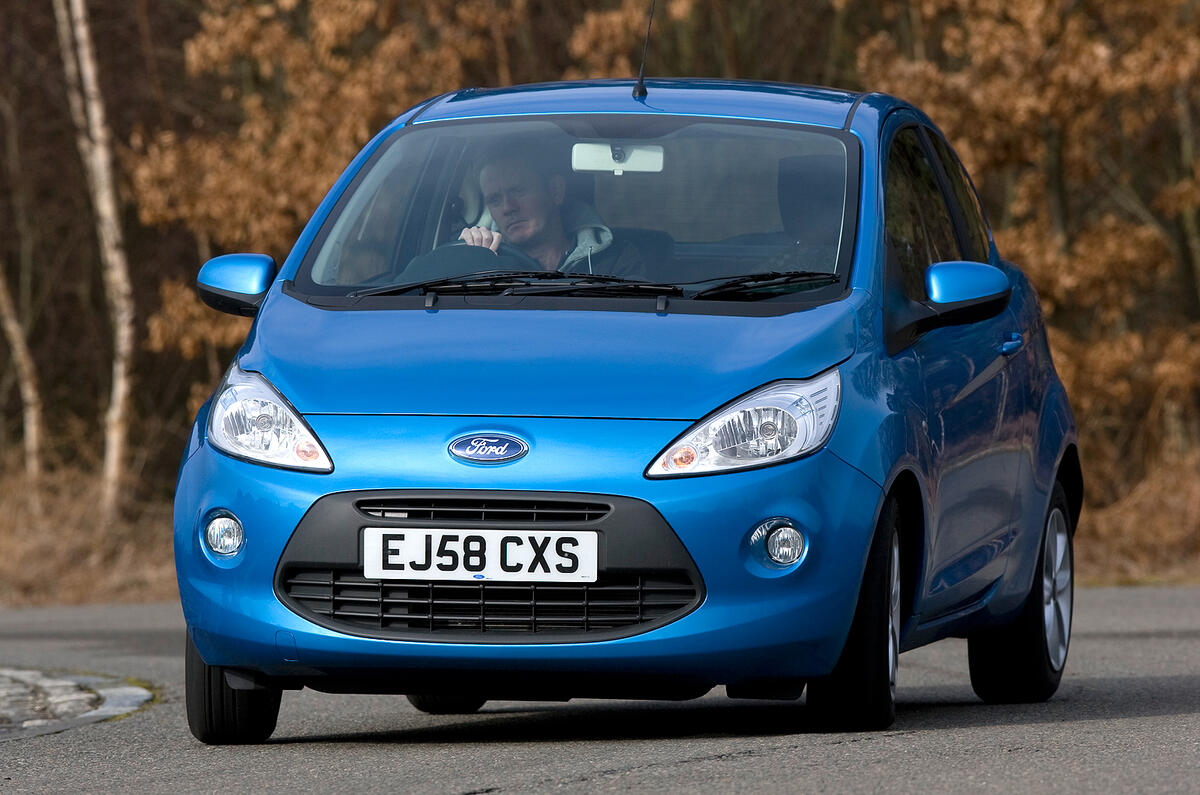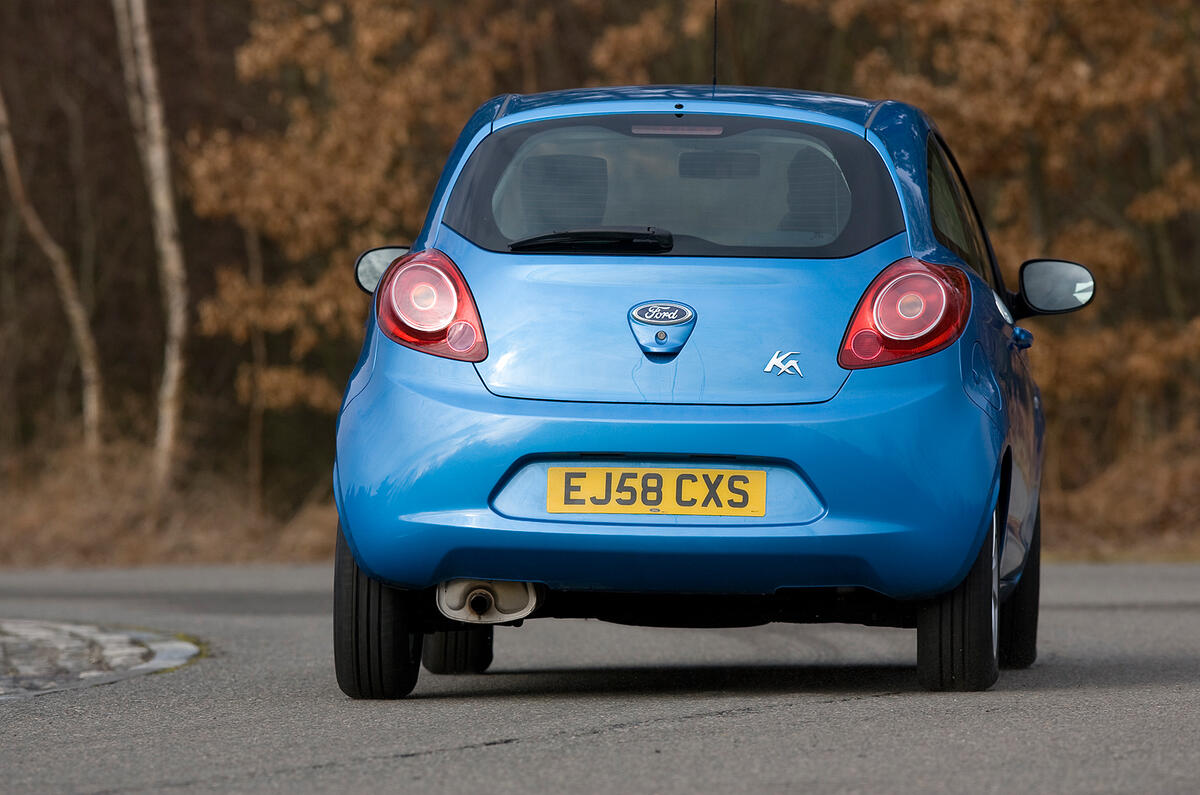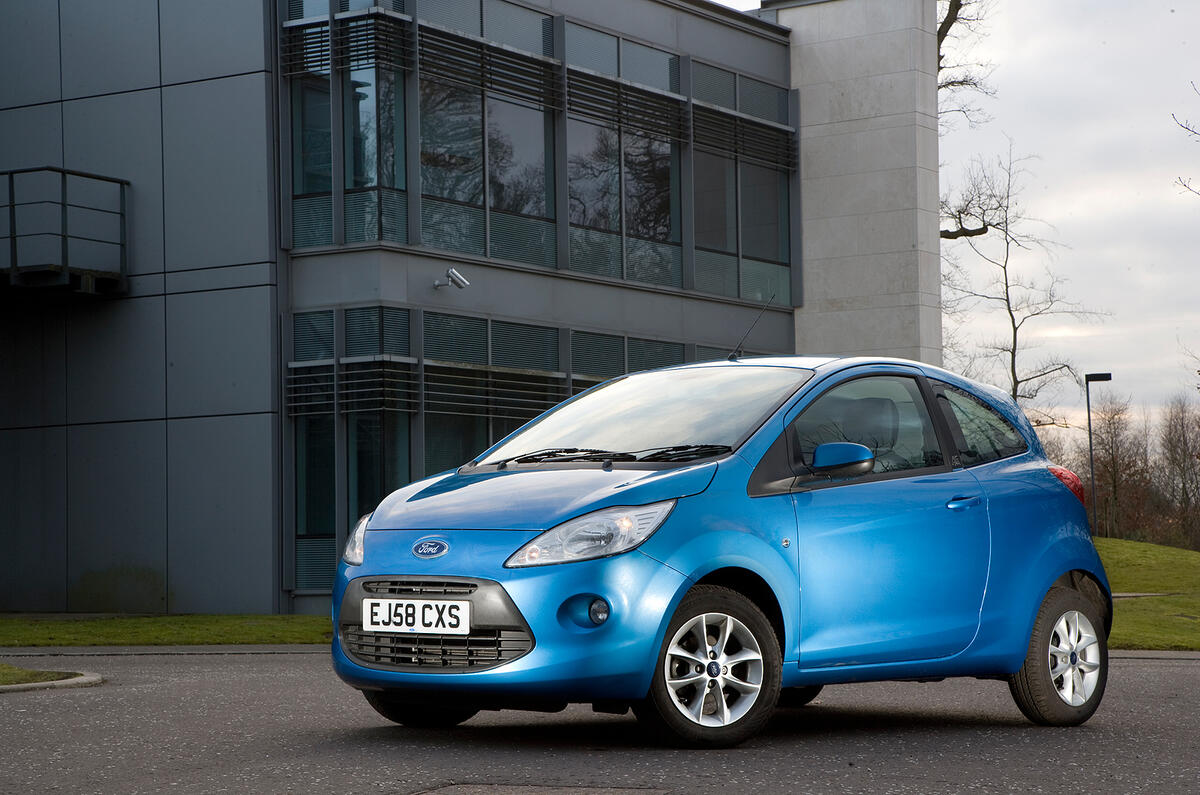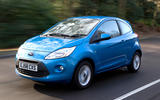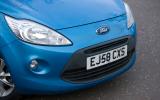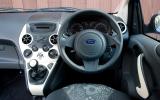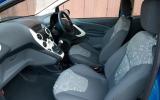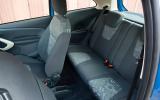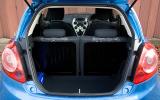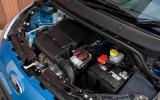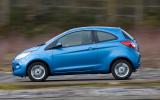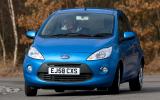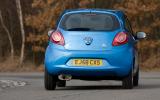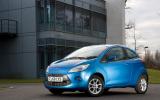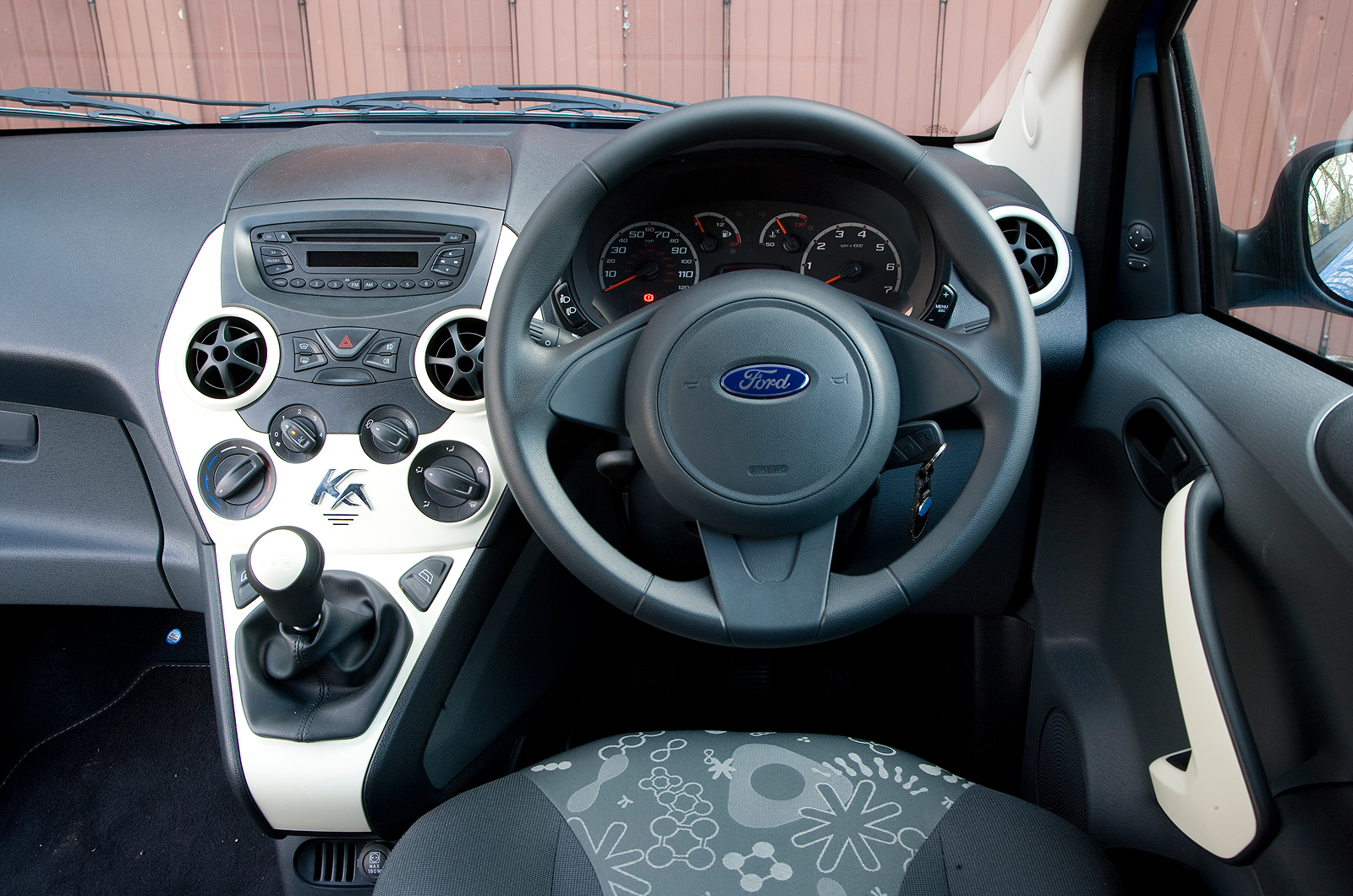The original Ford Ka went on sale to huge critical acclaim in the autumn of 1996. The first example of a whole new design generation known as New Edge, it was truly a pioneering car for Ford of Europe.
Beneath the skin it was a far from complex piece of machinery, but for most of the time it was more than good enough, even if the engine felt quite long in the tooth from day one. Despite this, it was fun to drive and rewarding to own. It spawned a ‘warm’ Sportka version and the soft-top Ford Streetka, too.
The first-generation Ford Ka achieved many things in many different countries during the 12 years it remained on sale, including numerous design and best car awards throughout Europe. But surely its greatest feat was reaching over 1.4 million homes, over half a million of which were in the UK.
We Europeans loved that original New Edge Ka, right up until the very last one rolled off the production line in 2008. So you could say that its successor is under unprecedented pressure to succeed.
Ford’s solution to the near-impossible-to-solve equation of how to make money out of a high-quality, desirable city car was to join up with Fiat and split the development costs. Which is why beneath its skin the new Ka shares 80 percent of its components with the Fiat 500.
There is no end of trim options available to suit every taste; as well as the more usual Studio, Style, Zetec, Zetec Black and White Editions and Titanium models, and a solitary petrol engine in the shape of the 1.2-litre unit shared with the Fiat 500.


